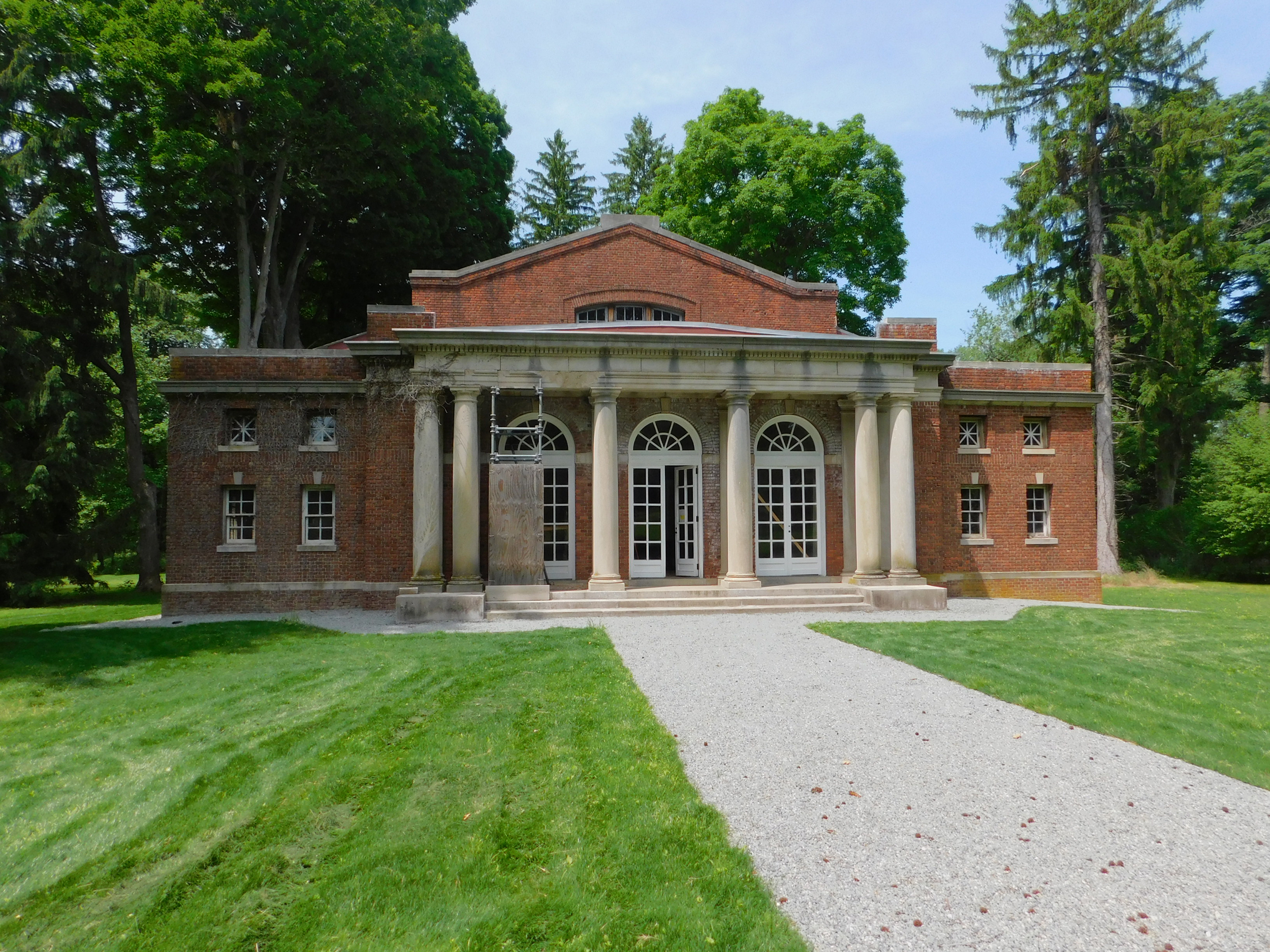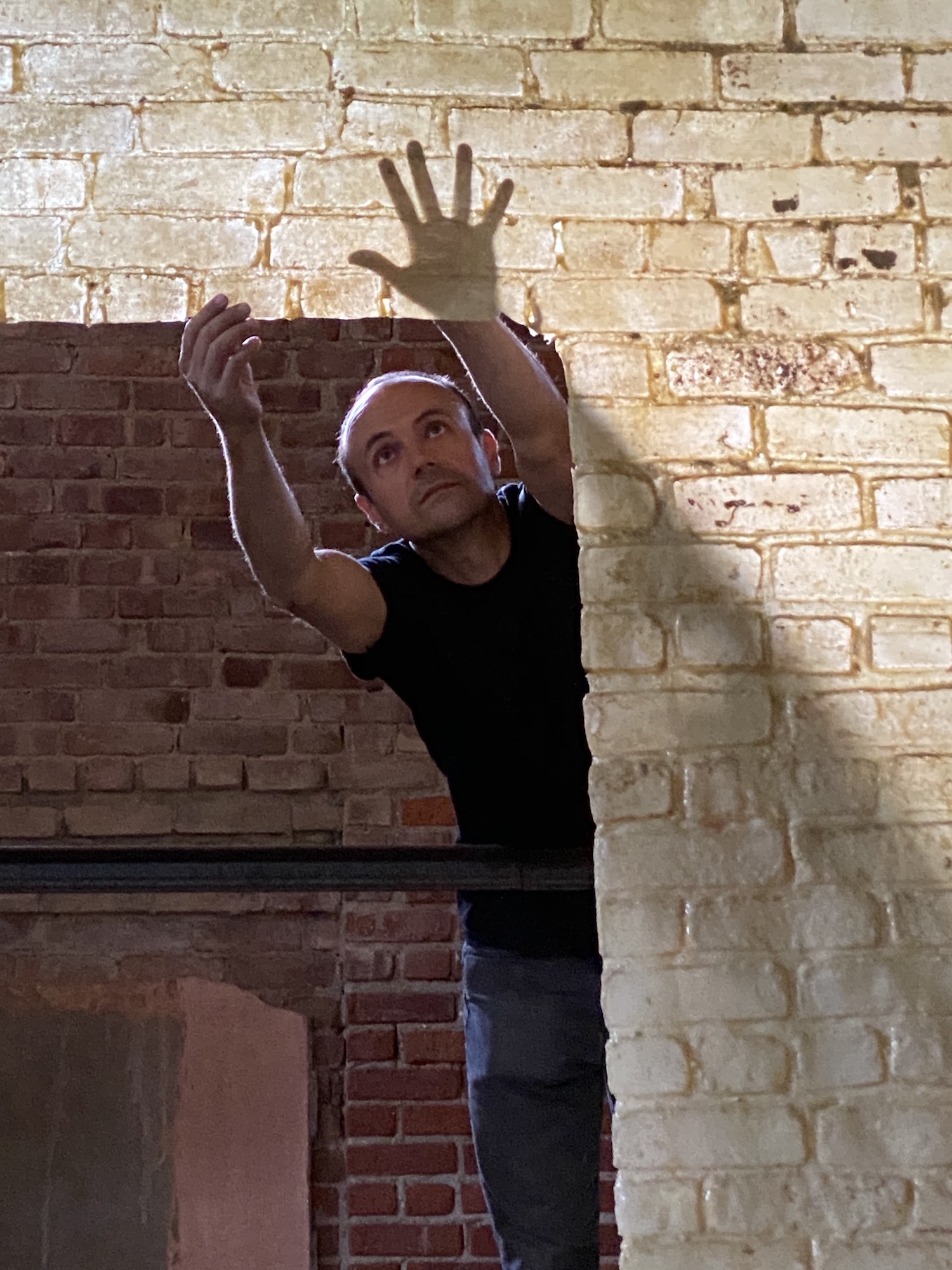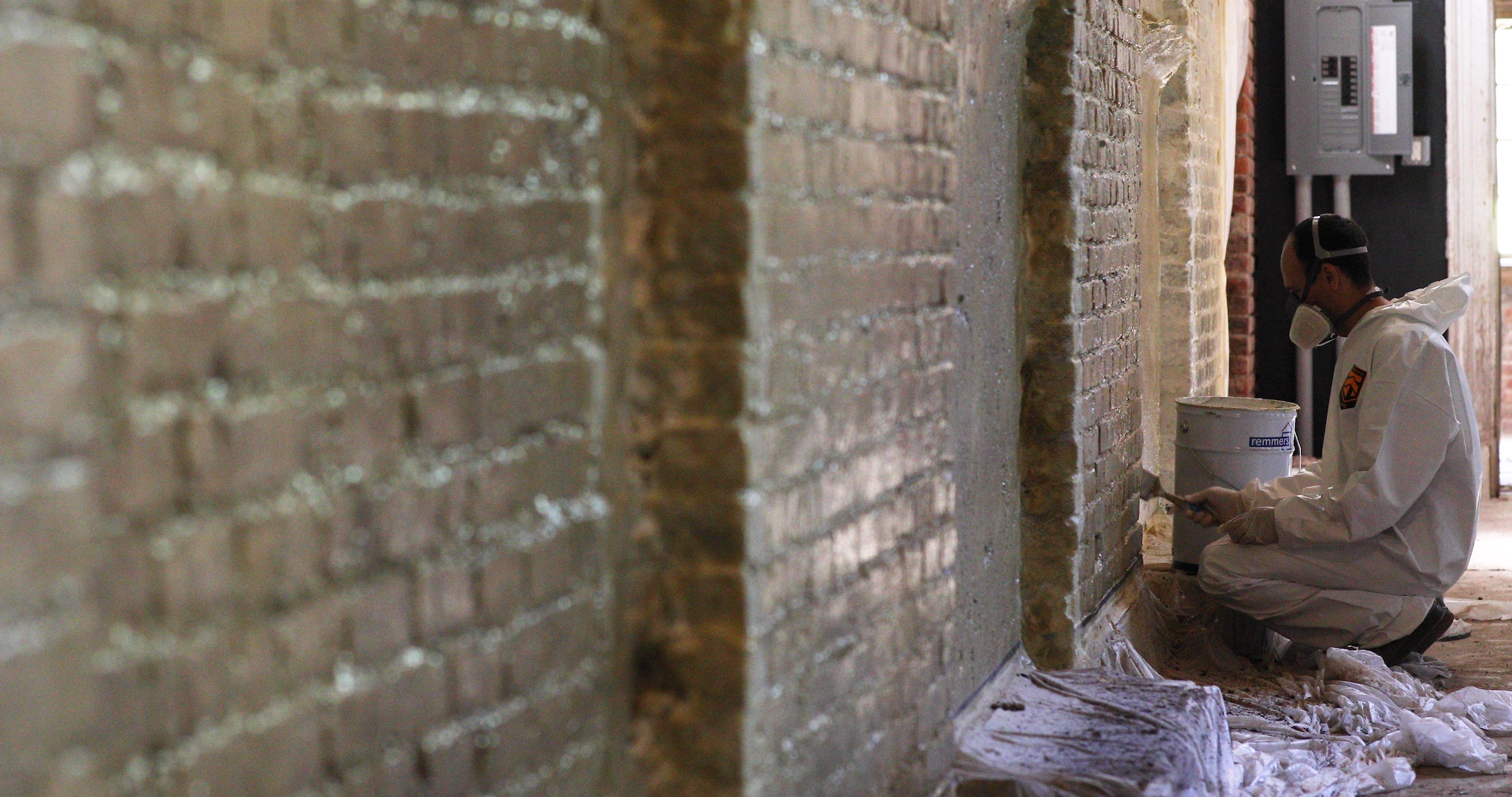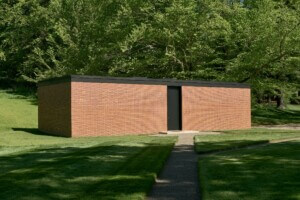Although stirring at any time of the year, the 67-acre Lyndhurst estate in Tarrytown, New York, truly comes alive during the weeks leading up to Halloween. Between the Dark Shadows associations, proximity to Sleepy Hollow, and the mansion itself (an 1838 Gothic-Revival country house that effortlessly lends itself to macabre atmospherics), Lyndhurst is part of a larger seasonal spook-fest that draws thousand to this particular Hudson River-abutting stretch of Westchester County every fall.
The coronavirus pandemic, however, has thrown a slight wrench into the region’s eerie autumnal goings-on. While the grounds of Lyndhurst, a National Trust Historic Site, remain very much open to visitors, the mansion remains closed for tours. As Krystyn Hastings-Silver, Lyndhurst’s curator and preservation manager, puts it, the seasonal vibe at the estate this year will be less “scary-spooky and more “fun-spooky.” Yet as some familiar doors have been temporarily shuttered at Lyndhurst due to COVID-19 safety precautions, brand new (but also very old) ones been opened for the first time to the public in decades.
Opening tomorrow, September 18, and running through November 1 at Lyndhurst as a fall preview is Watershed Moment, the latest site-specific work from the studio of artist and preservation architect Jorge Otero-Pailos. Best known for making monumental latex casts of historic structures ranging from the Old United States Mint building to the Houses of Parliament in London as part of The Ethics of Dust series, Otero-Pailos has transformed the (safe and stabilized) ruins of Lyndhurst’s long-abandoned natatorium into a haunting, meditative space that both connects viewers with the rich history of the site and larger region while also inviting them to contemplate the passage of time and the sweeping, largely turbulent changes afoot in contemporary America.
“We’re all living through a moment of change that’s both personal and social and environmental, and obviously the strange circumstance of this pandemic has increased the sense of being suspended in the moment and not knowing when it will end,” Otero-Pailos told AN.

“This collective experience of being suspended in the moment is producing a lot of different reactions, and it is resurfacing so many different memories and pathologies. I wanted to offer an opportunity for us to experience the moment poetically—and in that sense, to experience it temporally in a deeper way and environmentally in a deeper way. And I thought that this was a great place to do it.”
A multimedia installation that brings together sound, light, and space with illuminated 67-foot-long latex curtain-casts of the building’s brick interior walls suspended above the empty swimming pool in the middle of the cavernous space, Watershed Moment is the first contemporary art commission at Lyndhurst. The installation also marks the first time that the estate’s Roman bath-style natatorium, built in 1911 by Gilded Age railway heiress Helen Gould and shuttered during World War II due to oil shortages, has been opened to the public for an exhibition since Lyndhurst became a public institution in the mid-1960s. It’s the second time that Otero-Pailos has incorporated an aural element to his work, following last year’s Répétiteur held in the Harkness dance studio at the New York City Center Performing Arts Center.
Of course, the natatorium, as a building purpose-built to contain a swimming pool, is, in fact, a shed. But as Otero-Pailos, who also serves as director and professor of Historic Preservation at the Columbia University Graduate School of Architecture, Planning and Preservation, explained, the installation is meant to serve as a vessel for a much larger collective experience.
“It’s very literally a water shed and I’m very literally providing a moment in the watershed,” said Otero-Pailos. “But it’s also, of course, metaphorically a much larger watershed in a much larger moment. And that tension between these scales is, for me, what activates the work, and the destruction and the creation that goes along with it.”

After entering through the building’s antechamber, visitors—admitted either individually or in groups of four or less to promote social distancing—are encouraged to move along and pause around the pool deck, reimagined as a passageway between the building’s water-damaged walls and Otero-Pailos’s ghostly, ceiling-suspended latex casts. Meanwhile, the sounds of different six New York watershed areas—the Hudson, Niagara Falls, and the Finger Lakes among them—recorded by Otero-Pailos fill the vast and unrestored space and, as such, tie an environmental element to the place. The installation’s soundscape element is played in 20-minute cycles although visitors are free to stay as long as they wish.
It’s a transfixing experience that manages to be simultaneously lulling and jarring. The rawness of the structure itself, intentionally left in a state of ruin that’s neither complete or incomplete, brings a sense of precariousness and discovery to the work while the sound of the movement of water is calming, familiar. In that sense, experiencing Watershed Moment is like both stepping foot inside of a massive architectural womb.
The very existence of the long-forsaken building itself, tucked away on the northeastern corner of the grounds near the estate’s iconic greenhouse may surprise some repeat visitors to Lyndhurst. As such, the installation is presented in a low-key yet accessible manner to passersby that doesn’t loudly advertise itself. It begs to be discovered.
“It’s kind of hidden away in plain sight,” said Otero-Pailos. “I really insisted that we didn’t put signage out in front—I didn’t want all of the usual layers of interpretation and staging that usually go with the work, which I think is really intimidating for the general public. I just wanted the building to have the door open and for people walk in and experience the work on their own terms.”

As Otero-Pailos explained, the natatorium’s advanced state of deterioration provided him with an opportunity to comment on the nature of rebirth and rediscovery with Watershed Moment yet also posed logistical challenges that he had never experienced in previous artworks staged in old yet still-in-use buildings.
“It really was a ruin,” he said, mentioning the active leaks and piles of rubbish that had accumulated in the building over years of abandonment. “Just making the building safe for people to visit, and doing so without actually restoring it, was very difficult. But we embraced these challenges, and I think it made the work stronger.”
Following the fall preview period, Watershed Moment is slated to reopen on May 28, 2021, and run through September 28, 2021. While limited hours and social distancing measures are in place during this initial period, the exhibition could, depending on the state of things, enjoy a fuller opening and include additional exhibition materials. Beyond that, the future of the Lyndhurst natatorium is undetermined yet ripe with possibilities, an element that Otero-Pailos finds exciting considering that so many restored historic sites come equipped with predetermined meanings and purposes whereas the ruins of the old natatorium serve as a blank canvas for new possibilities including other potential future exhibitions.
“I do think the role of art is to help us see the world in a slightly against-the-grain way, and that’s what I was trying to do with this work,” said Otero-Pailos. “Watershed Moment is a work that offers, rather than demands from, time to people. It’s a work that’s asking people to look inward as well as outward.”
Watershed Moment’s fall preview runs September 18 through November 1 with plans to reopen in spring. The building is accessible on Fridays, Saturdays, and Sundays from 10:00 a.m. to 4:00 p.m. with last entry at 3:30 p.m. The installation is free to visit with the purchase of a standard grounds pass or landscape tour. Tours of the estate’s fabled mansion are, as mentioned, paused during the pandemic. More information, including a link to virtual tours of the space, can be found here.











